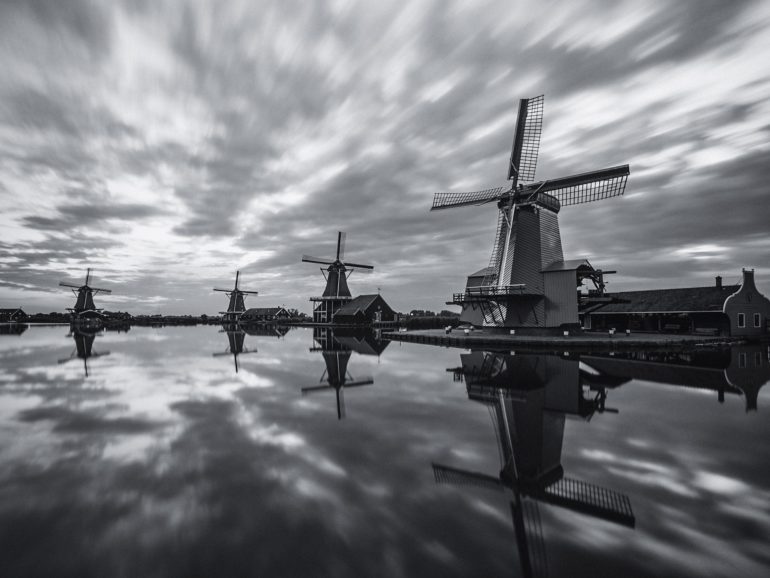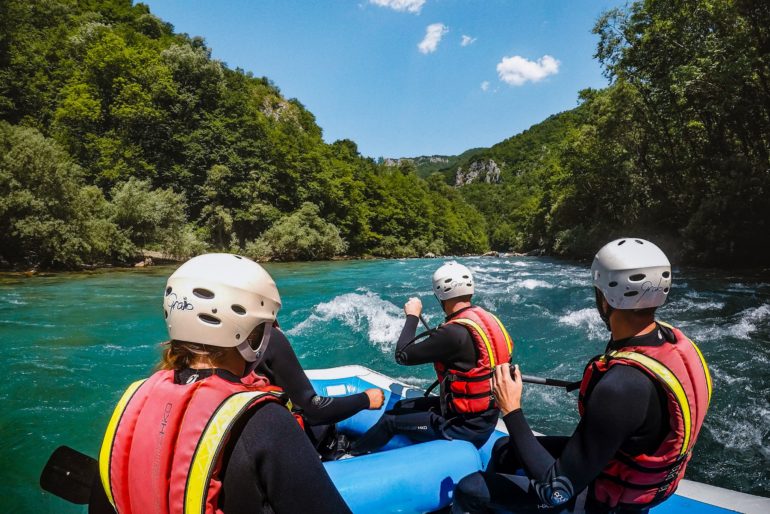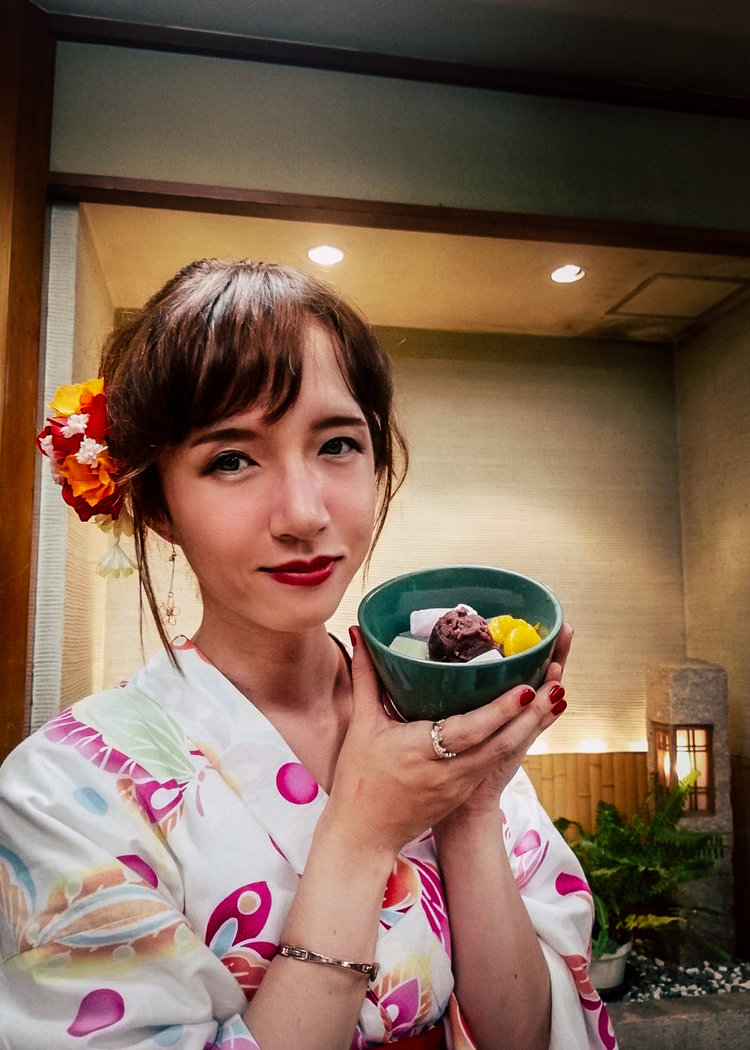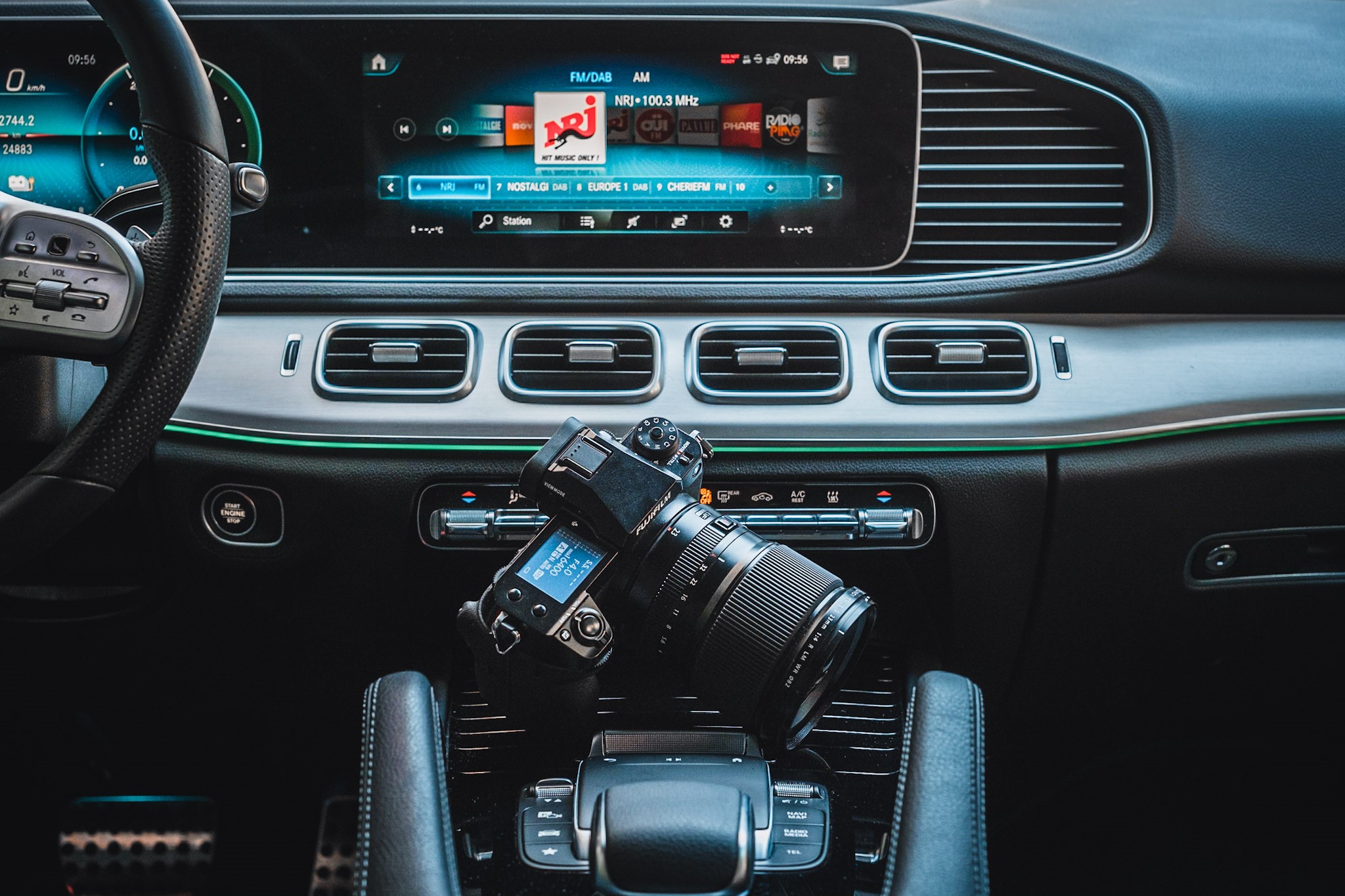Between my partner blaming me for never being around, getting older and less excited about jet lag from long flights, I have been transitioning towards wedding photography. Covid most certainly strengthened my resolve as there was not much traveling going on anyway. Life is getting back to normal. I admit that I still make a small part of my income with travel photography, so I was thinking about a way to make the best of both worlds. Why not shoot weddings primarily and travel during the off-season? It would not be more than three months a year while staying close to home. This was when the idea of van life kicked in.
We hate banner ads too. Download our app for iOS, iPad, and Android and get no banner ads for $24.99/year.
I wanted to travel at a slower pace, and the idea of sleeping next to my shooting locations was appealing. I shoot a lot of early mornings. Waking up at 5am is hard enough; I don’t need to account for one extra hour of commuting from my hotel. The more I thought about it, the more a van made sense. Until I actually started experiencing the road.
I took the road last month for a week-long trip. I was excited to check whether this was doable. Being an outdoor person, being on my own and out in the wild is something I enjoy quite a bit. The van itself and the outdoor experience are not for everybody. Some people need the hustle and bustle of city life and the afternoon drinks with colleagues. But if you are more into the peaceful and quiet nature of remote places, it is lovely. The bottleneck for me was making my photography work with it.

The act of taking pictures accounts for probably 20% of my time. The rest is shared between editing, writing, marketing, and other administrative duties I wish I can delegate at some point soon. Multitasking has become a thing. I write on my notepad when I am out with friends; I edit most of my shots on Lightroom mobile while riding the metro, and I can deliver an entire wedding album if I am stuck on a plane long enough. I think we all do that one way or another. For those of us who freelance, we breathe our photography, and it becomes an integral part of our daily routine, even without a camera in our hand.
I drove a total of 15 hours on that trip. 15 hours may not sound like much for an entire week, but driving is the one thing you cannot squeeze into a multitasking routine. There is no writing when you are driving! There is no culling, editing, or answering customers’ inquiries. Suddenly, I realized 15 hours was a luxury I could not afford with my current workload. I can zombie walk to a shooting location at 5am with minimum sleep and nothing but my grit. Crossing the country at 70 mph in that shape is something I am not willing to try.

I wish my troubles stopped there, but the lack of decent wifi came to be another nail in my coffin. Once again, I rely on a lot of editing and emailing. The bandwidth required for the 200MB GFX files is massive. Do not get me wrong, you can find phone service and wifi in many places. Free ones tend to be weak and strong ones get really expensive really quick.
A lot of people are making it work. Some can focus for a few days at a time on the experience and be completely cut off from the world. I think it just requires a different organization and workflow and, in my case, mixing it with a high-volume and communication-heavy wedding business is certainly not helping. I have a little too much commitment packed in a single day. Working from the road means it will never be the absolute freedom one can imagine as you will always need to set up somewhere with a decent network service. I also understand a little more why most people I meet on the road are couples who can split responsibilities. It is a different world out there, and it requires a different organization.
Despite those two points being huge hurdles, the one thing that hurt my photography the most was the reduced social encounters. Public transportation and hotels are the best way to meet locals or fellow travelers. Out of those encounters will rise ideas, stories you are willing to tell, or recommendations of must-see locations in the area. This is, for me, what travel photography is about, not jumping from one Instagram location to the next. It is about the people.

The one benefit of spending a fortune on a van is that you do not need to pay for a hotel room, therefore, those encounters will pass you by. Besides, there are so many limitations on where you can park that you will always find yourself a little more isolated.
My dreams of van life are not dead, I will just need to look at it harder and figure out the proper workarounds for me, and when I do, you can bet I will make a blog post about it.


